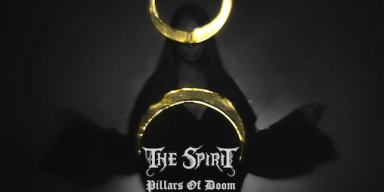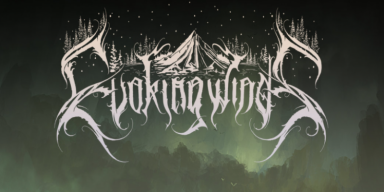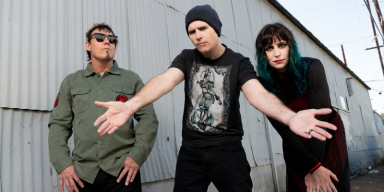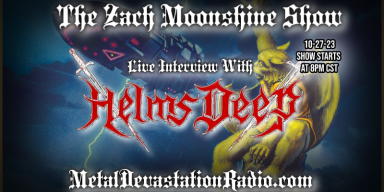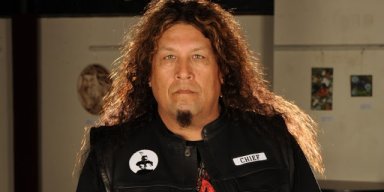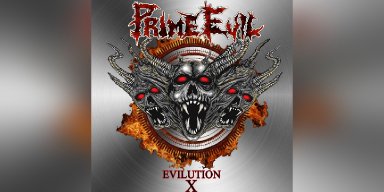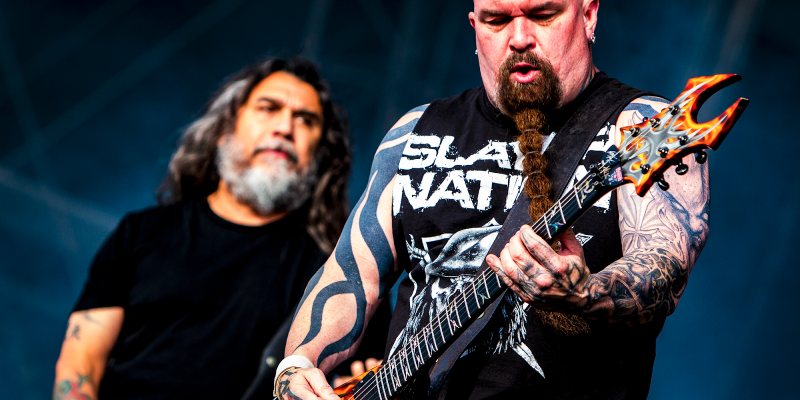
Though the roots of metal go back to the late 60‘s with bands like Black Sabbath, Led Zeppelin and Deep Purple, the origins of the modern metal sound as we know it today must be placed in the mid 80‘s with pioneering metal acts like Metallica, Megadeth and Slayer. Today, metal music is as popular as ever, and there are more genres of metal music than ever before. Whether you plan to play classic British metal, nu metal, power metal, death metal, progressive metal or thrash metal, you will need to put together a usable guitar rig to put the full range of metal lead and rhythm tones at your disposal.
What is a Metal Guitar Effects Rig?
As many beginning metal guitarists figure out the first time they visit a music store, you can’t get the aggressive, high gain sound needed to play metal from just any guitar and amp pairing. You need a guitar with the right specs for metal, one with high output pickups, a dynamic tremolo system and a thin, ultra-playable neck on which you can chug through rhythms and shred through leads at breakneck speed.
Once you’ve chosen the right guitar for your metal sound, and have found a great high gain amp, the next step is to enter the world of metal effects pedals and build a pedal board that will put everything you need to make great metal music literally at your feet.
Noisegates
While metal is known for its high decibel madness, it is ironic that the most important pedal on any metal guitar player’s pedal board is a noise gate. When you push your amp to its limit, hitting it with tons of gain and boost, a noise gate is essential to prevent hiss, hum and unwanted frequencies from ruining your sound. You know a good noise gate by what you don’t hear when you crank up your amp and start using your drive and modulation pedals.
A famous metal artist who swears by his noisegate is the legendary Kerry King of Slayer whose tight rhythm tone and scorching lead sound on Raining Blood would not be possible without his noisegate pedal.
Tubescreamers, Boost and Drive Pedals
Overdrive is a staple of any metal guitar rig. Even high gain tube amps need to be pushed into the fully saturated, high gain territory that is needed for metal music. Progressive metal guitar virtuoso J ohn Petrucci of Dream Theater plays through a top flight Mesa Boogie amp but always with a tube screamer or other drive pedal at his disposal to push his tube amp into the kind of overdriven state that produces the full, lush, distorted sound that makes his playing sound so fluid and effortless. Kirk Hammett of Metallica has also always played with an overdrive pedal on his pedalboard dating back to the 80‘s when they released the legendary Master of Puppets album. Even if you have a great high gain amp, you are still likely to step on a boost or drive pedal whenever it’s time to play a lead.
High Gain, Distorted Tones
Classic 80‘s metal bands may have been able to get their sound by driving a Marshall amp with a Tubescreamer pedal, but in today’s metal scene you need to really kick it up a notch with a great distortion pedal. SoundHalo can help you find the best distortion pedal to sound like your favorite band.
The distorted tones used in modern metal music are actually quite a bit different from the classic British Metal and hair metal days. Today, metal bands experiment with low frequencies, either tuning their guitars down to C# or B, or playing 7-string guitars with a low B string. The standard 6-string guitar is tuned to low E, so today’s metal performers like Mastodon , Deftones, Korn and Slipknot routinely work in frequency ranges that are much lower than standard tuning, giving them a much heavier distorted sound.
When you mix low frequencies and tons of distortion, you are likely to get muddy tones if you aren’t careful, which is why it is so important for today’s high gain amps and stomp boxes to come equipped with dynamic EQ’s. With a dynamic EQ you can tweak the frequencies to give you the precise sounds you are looking for, reducing or ‘scooping’ the midrange frequencies that muddy things up and balancing the treble and bass frequencies. This super heavy, tight rhythm sound is key to modern metal music, as you can hear in this Pantera classic Walk . The rich, distorted sound of Dimebag’s guitar is tight in the bass register for the rhythm parts, but slippery and fluid enough that he can shred through his legendary solo, the ideal high gain tone for modern metal.
Delay and Reverb
Delay and reverb are used in metal music to add ambience and atmosphere to the guitar’s sound. Distorted guitar tones tend to be a bit dry and brittle sounding without added fluidity of reverb and delay. Swedish metal guitar virtuoso Yngwie Malmsteen (pronounced ING-VAY), a pioneer of Neoclassical metal in the 80‘s and the father of what is today called shred metal, uses delay to incredible effect in his live solo . The additional ambience of the delay effect gives his guitar the sound of cello or violin, which is a very innovative use of the effect. This performance was captured when Yngwie was just 20 years old touring with the band Alcatrazz in 1984.
Modulation Pedals
Modulation pedals can be found on all metal guitar pedal boards, especially chorus, phaser, flanger, and pitch shifters. Innovative metal performers, like Joe Duplantier the front man and guitarist of Gojira, use modulation pedals like a pitch bend to create hair raising sonic effects, as heard here in the main riff of the Gojira song Stranded .
Modulation pedals are especially popular on the nu-metal scene. Guitarist Steph Carpenter of Deftones, for example, has been very influential not only for his signature guitars and line of multi-voiced Fluence pickups, but also for his use of flanger and phaser effects to create aggressive and heavy metal sounds with depth and atmosphere as exemplified in the Deftones tune Ohms .
Using Your Guitar to Create Synth Sounds
Metal bands that are looking for synth and keyboard tones without adding an actual keyboard player to their ranks can get the sound they are looking for from a synth pedal. Synth effects modulate the signal from your guitar, putting a range of synth sounds at your disposal. An excellent example of this can be heard in popular nu-metal band Korn’s song Freak on a Leash in which guitarist Munky uses an Micro Synth stompbox to get the unique keyboard-like effects that occur in the intro, verse and bridge sections.
Reviews - Interviews - Promo - Radio Play
Contact zach@metaldevastationradio.com






